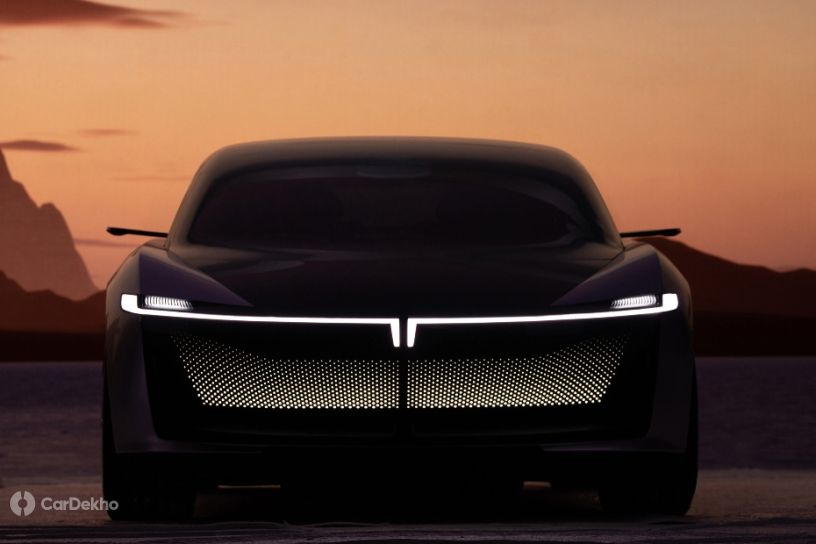Top 7 Things You Need To Know About The Tata Gen3 EV Platform
Modified On May 04, 2022 09:39 AM By Sonny
- Write a comment
The first production-spec model based on the new EV architecture will arrive in 2025

When Tata debuted the Concept Curvv electric SUV-coupe, the carmaker introduced us to the different EV platforms it has been working on. The Nexon EV is based on a Gen1 architecture, the Curvv was the first showcase on the Gen2, and now the Avinya concept has debuted on the Gen3 platform. Here’s everything you need to know about the most advanced EV architecture from Tata yet:
Built for EVs only
The Gen3 architecture is dedicated for EVs only, unlike the previous two generations from Tata with both EVs and combustion engine models. As a dedicated EV platform, the Gen3 architecture has more freedom to focus on the design benefits allowed by an electric powertrain and not have to leave room for any combustion components.
Related: Tata Will Launch The Curvv ICE (Petrol And Diesel) As A Hyundai Creta Fighter
Will underpin EVs with a minimum 500km of range
Tata states that its dedicated battery electric vehicles based on the Gen3 platform will be capable of offering a minimum certifiable range of 500km. This distance should be more than enough to help you overcome range anxiety. As of now, the carmaker has not specified the battery size and capacity it plans to use to deliver this kind of range. In comparison, its Gen1 EVs (like the Nexon EV) offer just over 300km.

Will spawn global models of various shapes and sizes
Expectedly, the Gen3 architecture is a scalable platform and can underpin EVs of various sizes and shapes, from crossovers to large SUVs. This allows Tata to consider a variety of models depending on the market as it plans to offer its dedicated EV models internationally.
The Avinya concept that debuts the Gen3 platform measures 4.3 metres in length, which is shorter than most compact sedans, while being a similar length to compact SUVs like the Hyundai Creta.
Focuses on maximising interior space
As stated earlier, the Gen3 platform has more design freedom as it is dedicated for EVs only. One of the advantages that Tata plans to capitalize is to expand the cabin space without having to increase the overall size of the vehicle. As seen on the Avinya concept, the wheels are spaced further apart for a longer wheelbase which makes the interior roomier than the cabins of regular cars of similar proportions.

Compatible with rapid fast charging
While a larger battery helps increase the range, it would also take longer to replenish the increased energy capacity. So, Tata has also focussed on making Gen3 EVs compatible with rapid fast charging. While no specific charge capacity was mentioned, the carmaker has a target of potentially adding 500km of range in just 30 minutes. A comparable model would be the India-bound Hyundai Ioniq 5, which has a peak charging capacity of 350kW that can replenish its 481km of range in 18 minutes.
Improved safety and battery protection
Tata has also stated that EVs underpinned by the Gen3 platform will feature a high level of structural safety and should continue the brand’s reputation of getting five-star safety ratings. Additionally, the carmaker promised that it would offer a higher degree of protection for the battery and electric components from water and dust. As a result, these new EVs would be suited for all types of climates and terrains that vary for each market.
Allows for next-gen connected car tech and ADAS
The electric vehicles based on the Gen3 platform will also be equipped with Tata’s next-generation of connected car technology and advanced driver assistance systems. While no features were specified, we expect these EVs to offer remote vehicle functions and over-the-air updates for the infotainment as well as the power control unit. The ADAS suite should include autonomous emergency braking, adaptive cruise control, lane assist, 360-degree collision mitigation systems and more.
Related: Tata Motors Now Has A Separate Electric Vehicle Division With 10 Cars Due By 2025
The first market-ready EV based on the Gen3 platform will arrive in 2025, and it will likely be an SUV.
4 out of 4 found this helpful














